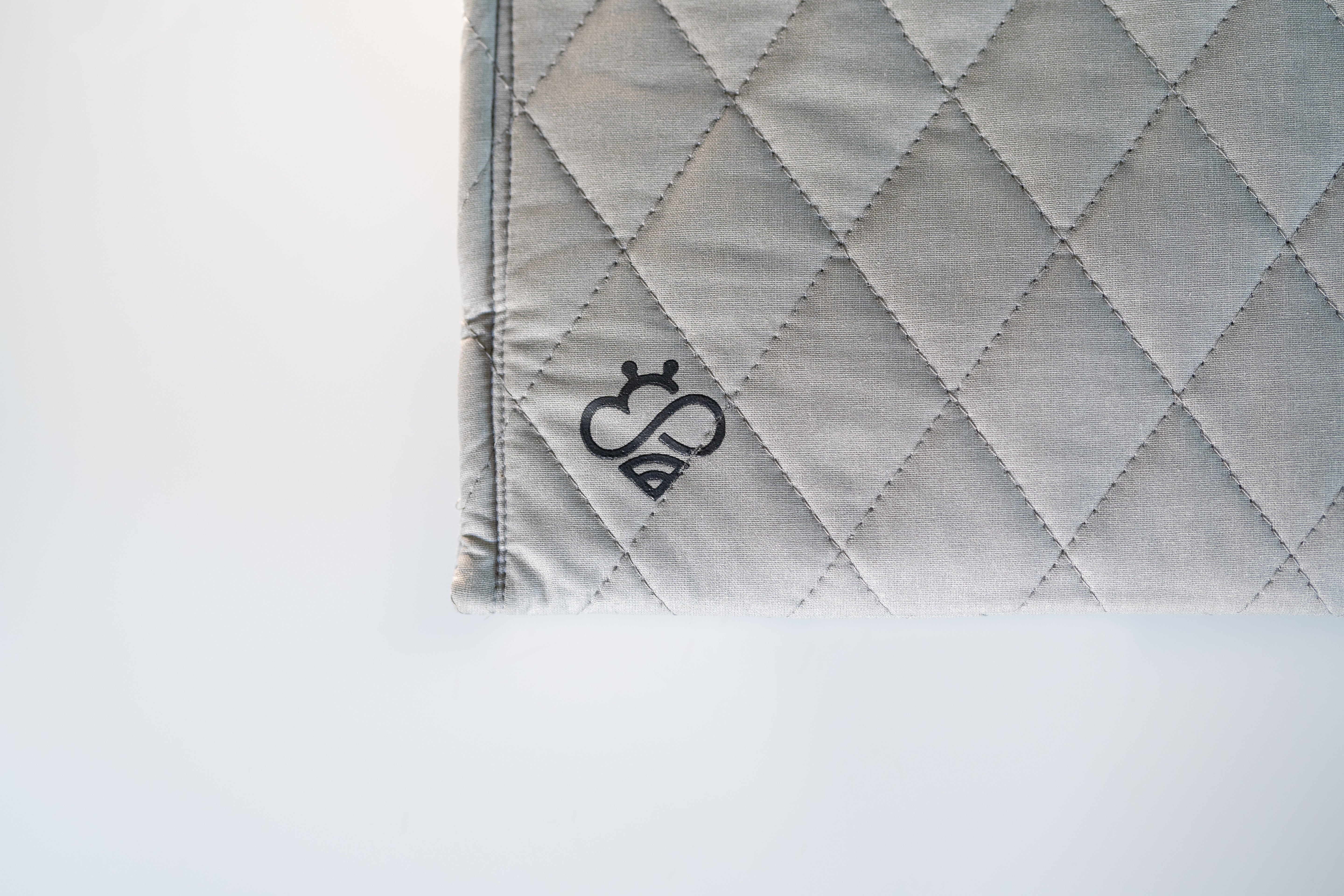The Future Of Well-Tech: From Health Tracking To Bio-Streaming And Feeling Good
Read the latest wearable tech industry in Hapbee CEO Yona Shtern’s essay, initially published on Forbes.com
Not too long ago, wearing a watch to track your health and fitness or grabbing your smartphone for a mindfulness break felt not just counterintuitive, but downright sci-fi. Now it’s so commonplace, we don’t blink an eye at it.
According to McKinsey & Company, wellness is a $1.5 trillion market. Well-tech has long been a hotspot of innovation within it. From the first Fitbit tracker in 2009 to today’s immersive, interactive wellness solutions, the category is constantly evolving. The more sophisticated the tools get, the more we expect from them.
The Early Days Of The Well-Tech Revolution
We use technology to streamline how we shop, travel and run our businesses. So it’s only natural that we’d look for new, innovative ways technology can optimize our health.
Fitbit’s first activity tracker debuted in 2009, allowing people to monitor their steps taken, calories burned and other basic health indicators. Early adopters included professional and amateur athletes, and branches of military service were monitoring and tracking biometrics as a critical part of improving performance. With the first Apple Watch release in 2015, biometrics tracking went mainstream. Consumers quickly grew accustomed to logging their health data (either manually or through wearable devices) and using visual dashboards.
Solutions weren’t limited to physical activity, either. The first meditation apps launched in 2008 with the release of Apple’s App Store. In 2012, both Headspace and Calm debuted, with the mission to bring mindfulness to the digitally connected masses.
These trackers and apps changed our relationship with wellness. For a while, they set the standard for how technology was used to impact everyday health. By allowing users to track their personal data and even gamifying the experience, these apps and tools encouraged better habits.
Over time, features evolved with new iterations. The Apple Watch Series 4 introduced the ability to take an electrocardiogram (ECG) in 2018. But for the most part, the most common features still focused on monitoring and tracking wellness indicators.
But innovation doesn’t sit still. Whoop and Oura set new standards for ease of use, appealing form factors and interfaces to meet the needs of athletes and sleep-focused bio-hackers. Wearable monitors have gone from geeky to sexy, and wearing one is now a recognized personal branding symbol that says, “I care about my physical and emotional well-being.” The natural next step in well-tech is to complement tracking by adding technology that can actually affect how we feel.
The State Of Well-Tech Today
Now that we’re equipped with all this personal biometric data, the next instinct is to want to effect change and empower improvement. This is the driving force behind the current phase of well-tech, where new tools can actually help impact our health and well-being. New apps and wearables offer the ability to optimize your mood, improve your sleep or even improve your blood circulation. Sophisticated tools and technologies that have been tested and applied in adjacent fields for years are being adapted to be smaller, less expensive and more accessible for everyday, personal use.
What Is Bio-Streaming?
One such advancement in this phase is bio-streaming. Similar to how you stream music or movies through an app, bio-streaming lets you stream physical sensations. Cutting-edge technology emulates the effects of common compounds like caffeine and melatonin digitally and stimulates their impacts on your biometrics.
This has the potential to transform how we think of wellness technology, from measurement to action, and how we approach our everyday mental and physical well-being. It promises to lower our dependencies on ingestible substances, democratize anxiety and pain management and give us greater control over everything from how we sleep to how productive we are at work and play.
While still at the early stages of this shift, the commercially available solutions are effective and popular with a growing base of wellness wearables consumers. These solutions will only get more sophisticated and elegant as time goes on. But it’s already tipping the well-tech scales more toward greater personal control, and the future has become reality.
Predicting The Future Of Well-Tech
The leap to bio-streaming is huge, but don’t expect the innovation to stop there. Tech companies are already imagining the future of well-tech and engineering the solutions that will bring that future to life. So what’s next? Expect to see at least two more massive shifts in the category, which will bring us closer to a truly integrated experience.
Collaboration And Automation
Now that platforms and technology can both monitor and influence our wellness, the next stage would be to integrate those solutions. Then, devices could learn to recognize patterns and even anticipate our needs.
For example, a device that tracks your sleeping habits may notice you tossing and turning more than usual, then tell your bio-streaming app to send calming signals to your body so you can sleep more soundly. Technology could begin to self-regulate and automate the entire experience based on your real-time needs and preferences.
Whole-Health Integration
Finally, as the technology becomes more elegant and streamlined, we’ll see it move beyond wearables. You’ll be able to integrate it more naturally into your daily life with smart wellness technology built into mattresses, car seats, headphones, clothing and more.
To some, this may sound a bit science fiction, but most of the components are already here, waiting to be integrated into an end-to-end solution. The key will be cooperation between parties who bring elements of the solution together. Companies will need to put the power in consumers’ hands: Allow people to set their own goals, determine what data gets shared and, of course, start, stop or schedule the experience whenever they choose. Because after all, the whole mission of wellness technology is to provide a better alternative where people have access and are in control.




